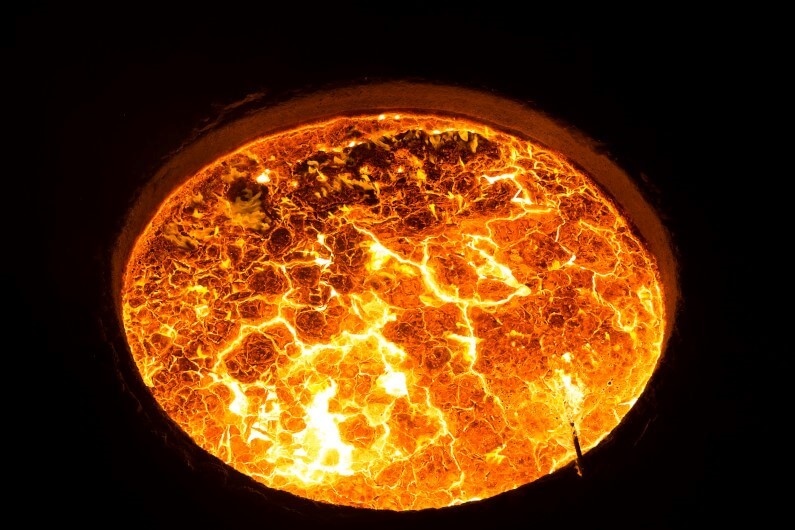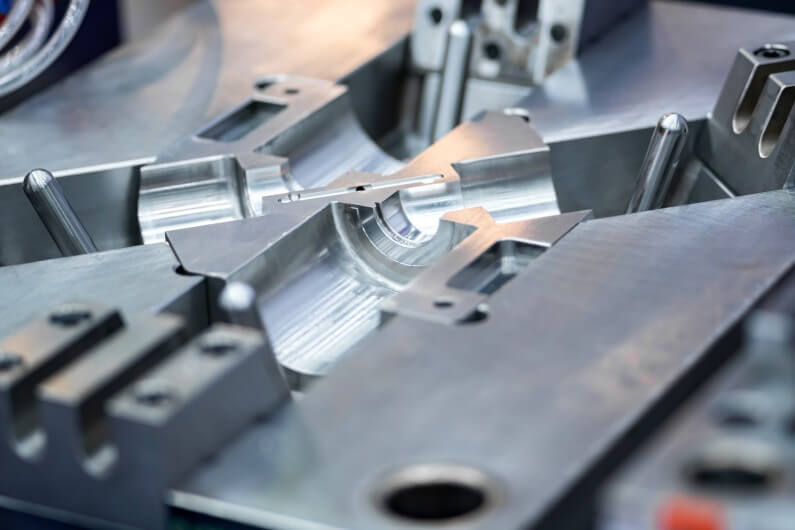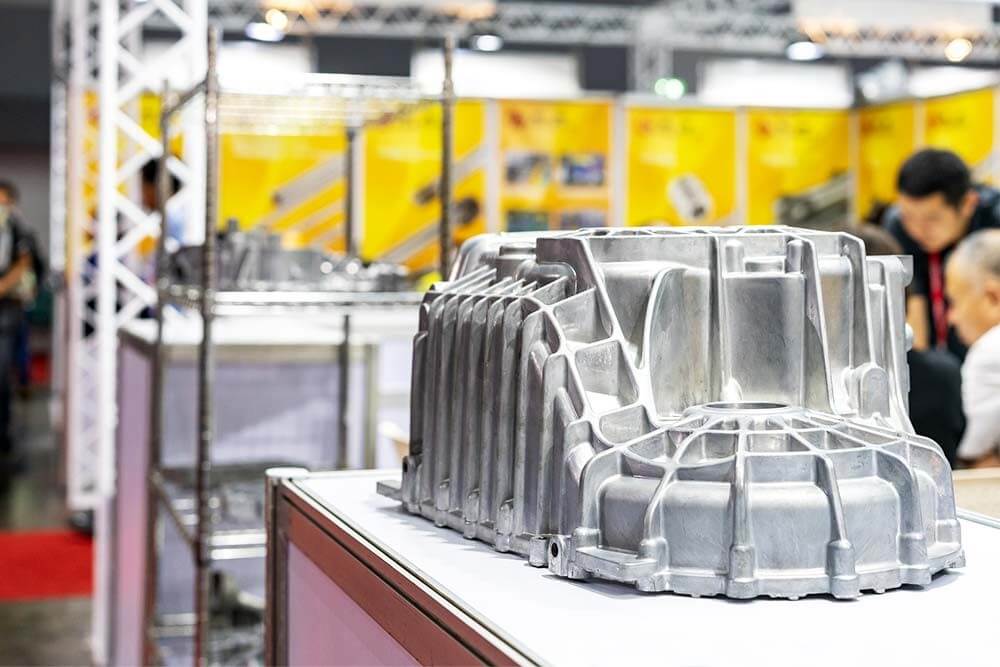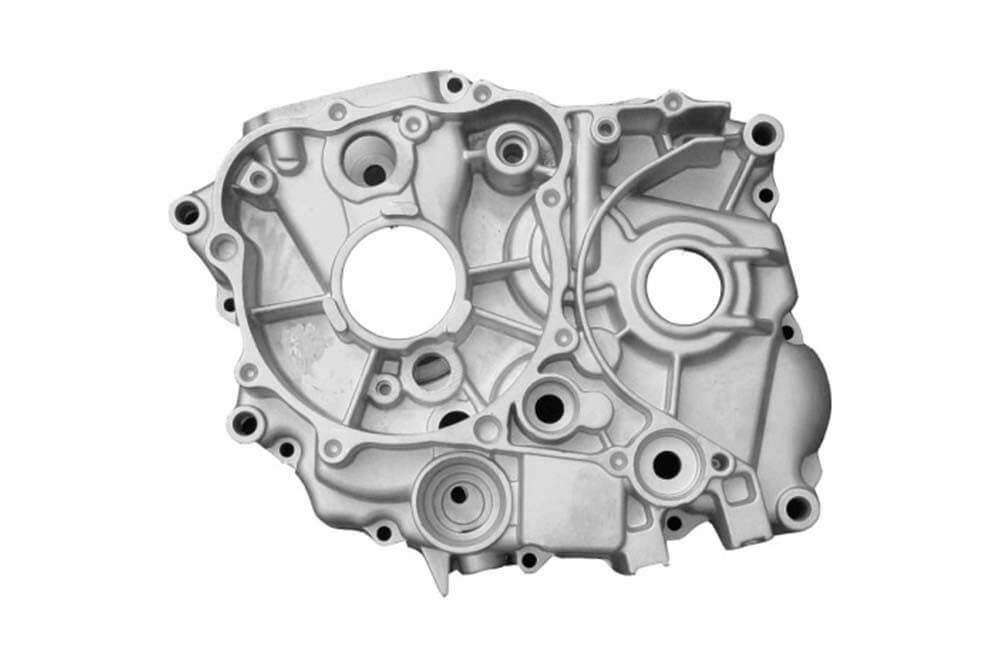Casting properties of metals and 3 important factors that affect them
Humans have been casting metals for thousands of years, from cast iron and bronze tools to gold and silver jewelry. In modern times, metal casting still plays an important role in human industry and art. Custom Machining Inc is one company with metallurgical capabilities. Before the “raw materials” such as ingots, bars or plates can be processed, the metal must be melted and cast upstream in the supply chain.
Casting is an important process for almost all metal products. But not all metals will behave the same or produce the same results during the casting process. There are many different factors that affect how easy it is to cast a product from a metal, and these factors all fall under the umbrella term “castability”.
In short, castability indicates how easy it is to pour the molten material into a mold and obtain a defect-free casting. Castability is a qualitative term, so there is no measurable numerical value.
If casting a metal often results in scrapped parts or requires a lot of money and time to cast well, the metal has the characteristic of “poor castability”. But if the metal can consistently and efficiently produce good results, the metal has “good” or even “excellent” castability.
The castability of a metal directly affects the time and cost required to produce a part. It also affects the functionality and complexity that can be achieved and the quality of the final part.
1.3 Factors Affecting Metal Castability
While many material properties may affect castability, most can be roughly divided into three major categories.
① Casting Temperature and Thermal Properties

Heating a metal to the point of complete melting is very energy-intensive, especially for metals with high melting points. The casting temperature of a metal is even higher than its melting point to prevent premature solidification. Therefore, metals with lower melting points are easier to melt, thereby improving their castability level.
Alloys are metals containing multiple elements with melting points within a certain range. In most cases, the melting point of an alloy is lower than its main pure metal component. But depending on the elements contained in the alloy, the alloy may reach a higher temperature than the main parent material to completely melt.
There are several other thermal properties that also affect castability, such as thermal conductivity. Metals with high thermal conductivity cool faster and more evenly. This may cause problems for some thin-walled parts, but it also helps alleviate some solidification problems that we will introduce later.
② Flowability

Like castability, flowability is a qualitative property that represents a combination of other material properties. Flowability refers to the ease with which a material flows.
Molten metal with better fluidity tends to fill all the cavities of the mold better during the casting process. Because the molten metal flows faster in the mold, it can also accommodate thinner-walled and more complex castings. This allows it to reach all mold cavities before the metal begins to solidify.
Fluidity is greatly affected by viscosity and surface tension. Fortunately, fluidity is affected by alloying elements in the metal. Therefore, lead is a common additive to commonly used casting alloys to improve casting properties.
③ Solidification behavior and shrinkage

Solidification and shrinkage are probably the most difficult characteristics to explain in castability. They are affected by many factors and can lead to low quality and unqualified parts.
- Mold size
In terms of shrinkage, the mold must be designed larger than the final part to account for the shrinkage of the metal during cooling. For complex geometries with tight tolerances, this can be difficult to predict accurately. Even experienced designers need multiple attempts to perfect the mold design. - Porosity
Solidification and shrinkage can also cause porosity – voids within the walls of the casting. If the void forms on one of the surfaces of the part, it can sometimes be visible upon inspection, but it can also form completely within the part wall, invisible to the naked eye but potentially compromising the strength of the product. - Crack Formation
Another common problem during solidification is crack formation. Some metals are more susceptible to hot cracking or hot tearing than others. As the casting cools, high internal stresses can cause the weakened metal to break. This can also be a problem for alloys with a wide solidification range, as some elements solidify before others. The tendency for excessive shrinkage and solidification defects can have a serious negative impact on the castability of the metal.
2.Use Metal Alloys with High Castability
Alloys with higher castability are not only easier and less expensive to produce, but they also generally produce a higher quality end product. Aluminum and zinc are popular die casting metals due to their high castability. But choosing an alloy such as A380 aluminum alloy that is suitable for casting means less scrap and more uniform mechanical properties compared to other aluminum alloys.
If you are looking to produce die cast metal parts and need a reliable high-volume supplier, look no further than Xavier. Our aluminum and zinc die casting services can help you select the right alloy and mold design to manufacture cost-effective, high-quality metal parts.
